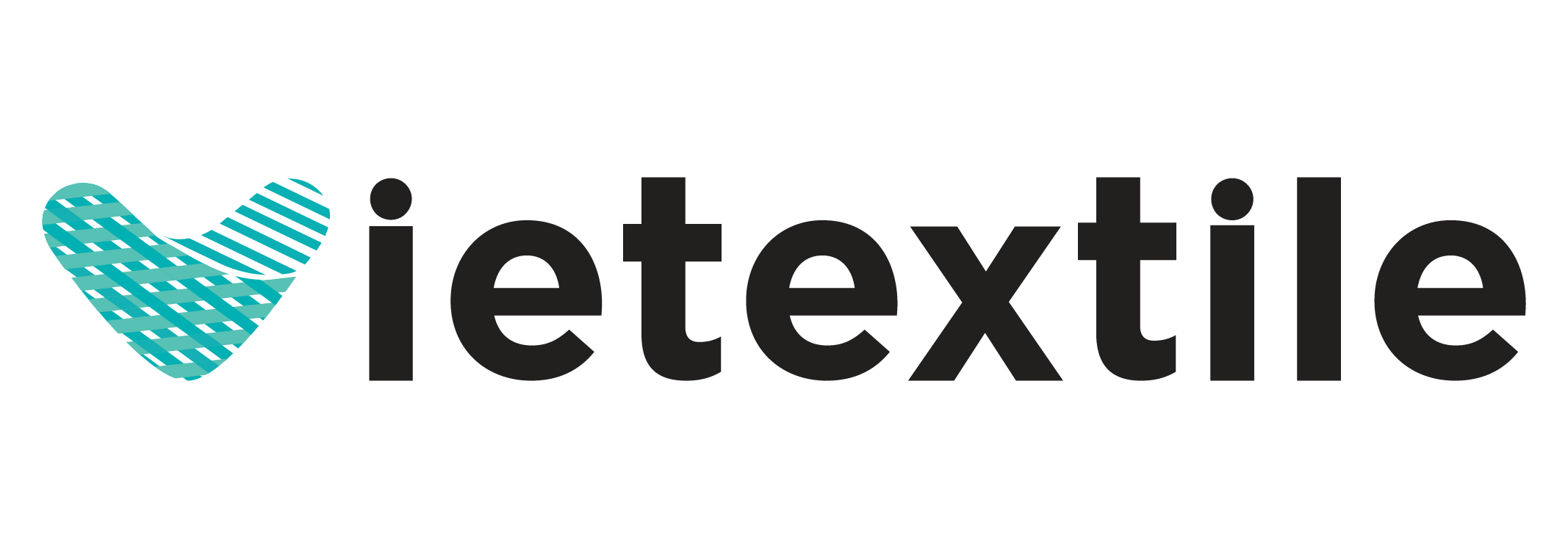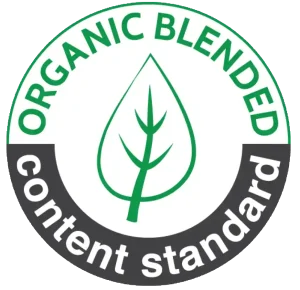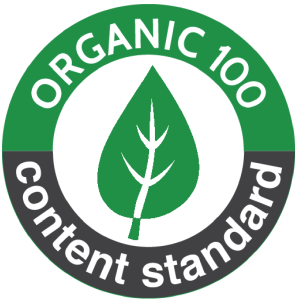Pigment Printing Ink, also known as pigment ink, is the foundation of Digital Textile Printing (DTP). It is highly favored for its superior color fastness and versatility across various textile materials (Cotton, Polyester, Blends, Silk). However, the secret to maximizing the potential of this Pigment Printing Ink type—achieving deep, saturated colors (High Color Density) and absolute Bleeding Resistance—lies in mastering and standardizing the Pigment Printing Ink formulation according to the strictest industrial standards.
An inaccurate formula not only reduces color depth but also causes serious issues that threaten production efficiency and equipment lifespan: nozzle clogging, wicking/bleeding, poor washfastness, and rubbing off.
The following content delves into the complex chemical structure, the technical role of each component, and a detailed seven-step guide to mixing the Pigment Printing Ink according to industrial standards. We will provide in-depth analysis of physicochemical factors such as Viscosity, pH value, nano-particle size, and essential functional additives needed to ensure the Pigment Printing Ink consistently achieves stable quality, accurate color reproduction, and perfect bleeding resistance on all fabric materials.
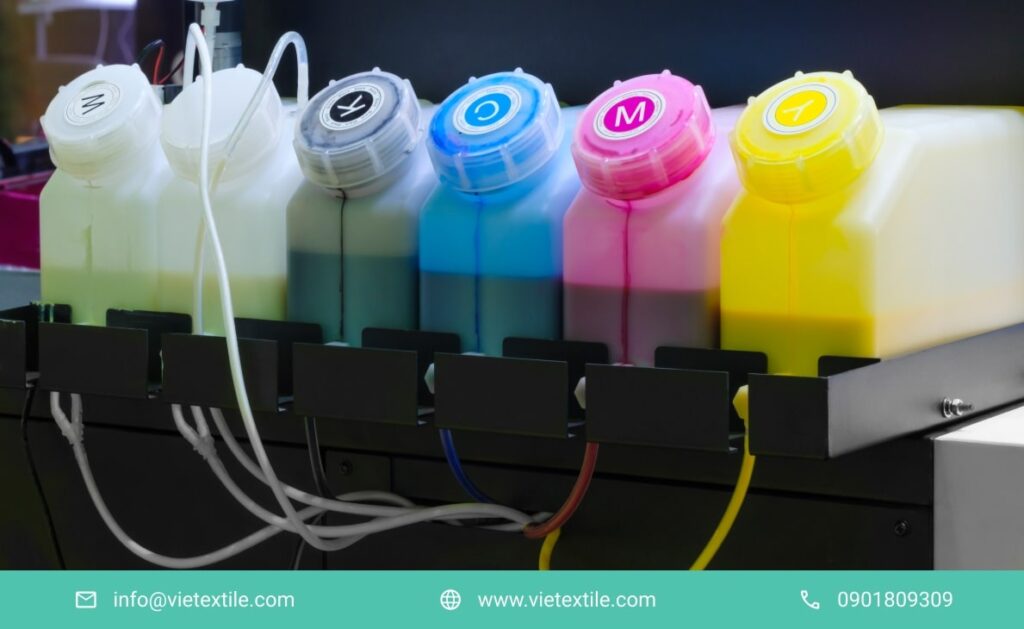
1. In-depth Analysis of Pigment Printing Ink Chemical Structure
Nội dung tóm tắt
Toggle1.1. Key Components and Interaction Mechanisms
1.1.1. Pigment Particles
Role: Provides color. Technical Requirements: The pigment particles must be processed to achieve a nano-particle size, ideally ranging from 50nm to 200nm. This size is controlled by D50 (50% of particles below this size) and D90 (90% of particles below this size) indices. Mechanism for Deep Color: The smaller the particle size and the more uniform the dispersion, the larger the surface area for light absorption and scattering, helping the printed color achieve maximum Color Saturation and Gamut.
1.1.2. Polymer Binder
Role: “Locks” the pigment particles onto the fabric fibers after the curing process. Chemical Composition: Often Acrylic-based polymers, Polyurethane (PU), or their Hybrid Polymers. These binders must have a suitable glass transition temperature (Tg) to activate adhesion upon thermal curing without stiffening the fabric (Hand-feel). Importance: The ratio and quality of the Binder determine 90% of the printed product’s washfastness and rub fastness.
1.1.3. Dispersant and Stabilizer
Role: Maintains a uniform dispersion state, preventing pigment particles from aggregating due to Van der Waals forces or electrostatic attraction. Mechanism: The Dispersant (usually a polymer or high molecular weight surfactant) encapsulates each pigment particle, creating a Steric Hindrance or Electrostatic Repulsion barrier to push the particles away from each other. Common Error: Missing or incorrect Dispersant type will lead to particle aggregation, sudden viscosity increase of the Pigment Printing Ink, and permanent nozzle clogging.
1.1.4. Vehicle/Solvent
Role: The transport medium for other components. Composition: Primarily Deionized Water (DI Water) with extremely high purity (very low conductivity, typically < 1 µS/cm) to eliminate metal impurities that could destabilize the chemical system.
1.1.5. Humectants
Role: Controls the evaporation rate and prevents printhead drying (decap time). Composition: High-boiling organic Polyols such as Glycerol, Glycol Ether, or Propylene Glycol. Impact: The Humectants ratio determines the time the Pigment Printing Ink can remain on the printhead without drying, a critical factor for high-speed industrial printers.
1.1.6. Other Functional Additives
Includes: Surfactants: Adjust the Surface Tension of the Pigment Printing Ink solution to optimize printhead Drop Formation and the Wetting ability on the fabric surface. pH Buffers: Maintains a stable pH (usually 7.5 – 9.0) to protect the printhead and ensure the stability of the dispersion system. Defoamers and Biocides: Prevents microbial growth and eliminates air bubbles generated during the formulation and printing process.
2. Detailed Standardized Pigment Printing Ink Ratio Formula
2.1. Optimizing the Binder / Pigment Ratio (B/P Ratio)
This is the key technical parameter for this Pigment Printing Ink type. Golden Range: The optimal B/P ratio is typically maintained between 1.8:1 and 2.5:1 for DTF (Direct-to-Film) and DTG (Direct-to-Garment) textile printing. This ratio ensures that the pigment particles are fully encapsulated by the polymer, creating a durable protective film after drying. Consequences of B/P Imbalance:
- B/P Too Low (e.g., 1:1): Pigment particles lack sufficient binder, leading to poor washfastness, easy fading, or rubbing off when Wet Rubbing Fastness is tested.
- B/P Too High (e.g., 4:1): Excess polymer creates a thick film, significantly increasing the stiffness of the fabric (Handle/Hand-feel) and potentially causing printhead clogging due to increased overall viscosity of the Pigment Printing Ink.
2.2. Controlling Dispersion and Chemical Stability
The combination of dispersant and stabilizer must account for a sufficiently large proportion to cope with the high concentration of pigment particles. Dispersant Ratio: Approximately 1.5% – 3.0% of the total weight. Surfactant Influence: The Surfactant must be chosen with a suitable HLB (Hydrophilic-Lipophilic Balance) value to reduce the surface tension of the Pigment Printing Ink solution to below 35 mN/m, but not too low (below 30 mN/m) to prevent wicking on the fabric surface.
2.3. Detailed Pigment Printing Ink Formulation Component Ratio Table
| Component | Optimal Ratio (%) | Content (g/1000g Pigment Printing Ink) | Characteristic Function |
| Deionized Water (DI Water) | 60 – 75% | 600 – 750 g | Main solvent, controls viscosity and pH. |
| Polymer Binder | 10 – 15% | 100 – 150 g | Fixes color particles, creates wash/rub fastness. |
| Pigment Particles | 3 – 7% | 30 – 70 g | Creates color, determines coverage and Gamut. |
| Humectants/Polyol | 5 – 12% | 50 – 120 g | Anti-drying, extends Decap Time, lubricates printhead. |
| Dispersant/Stabilizer | 1.5 – 3.0% | 15 – 30 g | Prevents nano-particle aggregation, maintains suspension. |
| Surfactants | 0.5 – 1.0% | 5 – 10 g | Adjusts surface tension, optimizes Pigment Printing Ink drop. |
| pH Adjusters/Other Additives | 0.5 – 2.0% | 5 – 20 g | Physicochemical stability and equipment protection. |
| Total | 100% | 1000 g |
3. 7-Step Industrial Standard Pigment Printing Ink Mixing Process
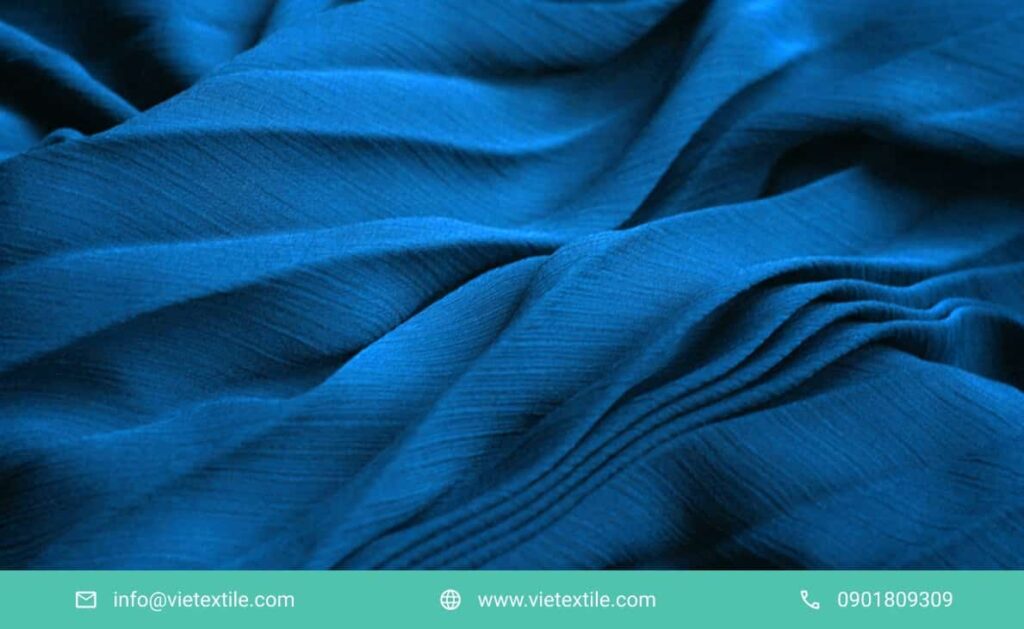
3.1. Step 1: Prepare Raw Materials, Environment, and Equipment
Raw Materials: Precisely weigh all raw components (pigment, polymer, chemicals) using an analytical balance with high accuracy (0.01g). Materials must be temperature pre-treated to reach room temperature (25°C). Environment: Conduct in a closed room, controlling temperature (20°C ± 2°C) and humidity (< 60%). Equipment: High-Shear Mixer, Horizontal Bead Mill, Jacketed Tank (for temperature control), Viscosity and pH measurement devices.
3.2. Step 2: Preliminary Pigment Dispersion (Pre-Dispersion)
Coarse pigment particles (Agglomerates) are initially mixed with the dispersant and a small amount of solvent. The goal is to completely wet the surface of the pigment particles before milling. Technique: Use a high-speed mixer (e.g., 1000 – 3000 RPM) to break down large particle clumps, forming a slurry.
3.3. Step 3: Nano Milling – Creating the Base Concentrate
This step determines the quality of the Pigment Printing Ink solution. The slurry is introduced into a bead mill using ultra-fine grinding media (usually Zirconia, 0.1-0.3 mm size). Goal: Reduce particle size from microns to nanometers (D90 < 200nm). Control: The milling process must be tightly temperature-controlled (jacket cooling) to prevent damage to the dispersant and polymer from frictional heat. The resulting product after milling is the Base Concentrate.
3.4. Step 4: Binder Integration
The dispersed Base Concentrate is transferred to the main mixing tank. The Polymer Binder is slowly added while stirring at a medium speed (around 500 RPM). Note: The stirring speed must be sufficient for the polymer to uniformly encapsulate the pigment particles, but not too fast to avoid air entrapment. This process forms the complete Pigment Printing Ink system.
3.5. Step 5: Adjust Additives and Solvent
Add Humectants and Surfactants: These substances are mixed in last to avoid sudden changes in surface tension during the initial steps. Add DI Water: The main solvent is added to achieve the desired rough viscosity and the total formula mass.
3.6. Step 6: Final Physicochemical QC Check
Before filtration, the mixed Pigment Printing Ink must undergo strict quality control checks.
3.6.1. Viscosity Check
Equipment: Viscometer (e.g., Brookfield Cone and Plate Viscometer). Target Value: Typically 3.0 – 5.0 cP (centipoise) at 25°C. Adjustment: If the viscosity is outside the range, use solvent (DI Water) to reduce it or add a rheology modifier to increase it.
3.6.2. pH Check
Equipment: Precise pH Meter. Target Value: 7.5 – 9.0. Adjustment: Use a pH adjuster (Ammonia or Amine) to raise the pH.
3.6.3. Particle Size Check
Equipment: DLS (Dynamic Light Scattering) analysis to ensure D90 < 200nm.
3.7. Step 7: Final Filtration and Packaging
Filtration: The Pigment Printing Ink solution is filtered through multiple stages of membrane filters, with the final filtration stage being 0.2 micron or 0.45 micron. This is a critical step to remove any remaining large particles to protect the printhead from clogging. Packaging: The finished Pigment Printing Ink is packaged in air-tight, UV-resistant bottles/containers to prevent chemical degradation and microbial contamination.
4. Techniques for Optimizing Deep Color, Durability, and Perfect Bleeding Resistance
4.1. The Absolute Role of Pre-treatment Chemicals
Pre-treatment is a chemical Pigment Printing Ink solution applied to the fabric before printing, especially crucial for Cotton fabric, to achieve the “Deep Color, No Bleeding” effect.
4.1.1. Anti-Bleeding/Wicking Mechanism
Creating an Ionic Barrier: Pre-treatment chemicals often contain salts (like calcium salts) or charged polymers. When the Pigment Printing Ink (which is also charged) is jetted, the electrostatic interaction between the Pre-treatment and the Pigment Printing Ink causes the pigment particles to coagulate instantly, forming a physical barrier at the point of contact. Preventing Capillary Action: This coagulation prevents the color particles from following the capillary action of the fabric fibers, eliminating wicking outside the design outline.
4.1.2. Deep Color (Color Density) Enhancement Mechanism
The instantaneous coagulation of color particles on the fabric surface ensures the Pigment Printing Ink remains on the top layer of the fibers instead of penetrating deeply. This increases the visible Optical Density, making the printed color appear deeper and more vibrant. Quantification: The amount of Pre-treatment used (g/m²) must be strictly controlled; too much will stiffen the fabric, and too little will be ineffective.
4.2. Thermal Curing – Activating the Binder
Curing is the final step, using heat to activate (cross-link) the polymer binder within the Pigment Printing Ink, creating permanent durability.
4.2.1. Optimizing the Thermal Profile
Goal: Reach the polymer’s glass transition temperature (Tg) and Cross-linking Temperature. Standard Temperatures:
- Cotton Fabric: Typically cured at 160°C – 170°C for 120 – 180 seconds.
- Polyester Fabric: Typically cured at a lower temperature (around 130°C – 150°C) to prevent color Sublimation of the fibers, for 180 – 240 seconds. Consequences of Incorrect Curing:
- Insufficient Heat/Time: Polymer does not cross-link enough, leading to poor washfastness.
- Excessive Heat/Time: Damages the fabric fibers, causes yellowing, or wastes energy.
4.3. Selecting Surfactants for Anti-Bleeding
The surface tension of the Pigment Printing Ink solution needs to be adjusted so that it “cooperates” with the Pre-treatment layer. High Surface Tension: Helps the Pigment Printing Ink drop maintain its shape and not spread when contacting the fabric (anti-bleeding). Low Surface Tension: Easily wets the printhead and fabric surface, but prone to bleeding on highly capillary fabrics. Solution: A standard Pigment Printing Ink solution formula must balance the Surfactant to achieve an optimal surface tension (30 – 35 mN/m)—sufficient for good jetting but high enough for anti-bleeding.
5. Quality Control (QC) and Factors Affecting the Prepared Pigment Printing Ink
5.1. Quality Control Methods
5.1.1. Shelf Stability Test
The Pigment Printing Ink is checked periodically for viscosity and pH (e.g., weekly) under Accelerated Aging conditions to simulate aging over 6-12 months. A change in viscosity or pH exceeding 10% of the initial value indicates aggregation or decomposition.
5.1.2. Jetting Test
Test printing on an industrial printer to check for phenomena such as nozzle clogging, drop defects (missing or deflected drops), and continuous printing performance (Decap Time). Viscosity and surface tension are two physicochemical factors that directly influence this result.
5.2. Environmental Factors
5.2.1. Storage Temperature and Humidity
The Pigment Printing Ink solution is sensitive to temperature. High temperatures (above 30°C) can increase the kinetic energy of the pigment particles, promoting collision and aggregation. Low temperatures can increase viscosity, causing printhead difficulties. Standard Storage: 18°C – 25°C, avoiding direct sunlight.
5.2.2. Compatibility with Filter Materials
The material of the membrane in the final filter must be compatible with the polymer components in the Pigment Printing Ink. Incompatible materials can release impurities, causing pigment particle aggregation.
5.2.3. Hygroscopicity
Some Humectants have high hygroscopicity. If the ambient humidity is too high (above 70%), the Pigment Printing Ink can absorb water, reducing color concentration and altering viscosity.
6. Economic Benefits of Using Standardized Pigment Printing Ink
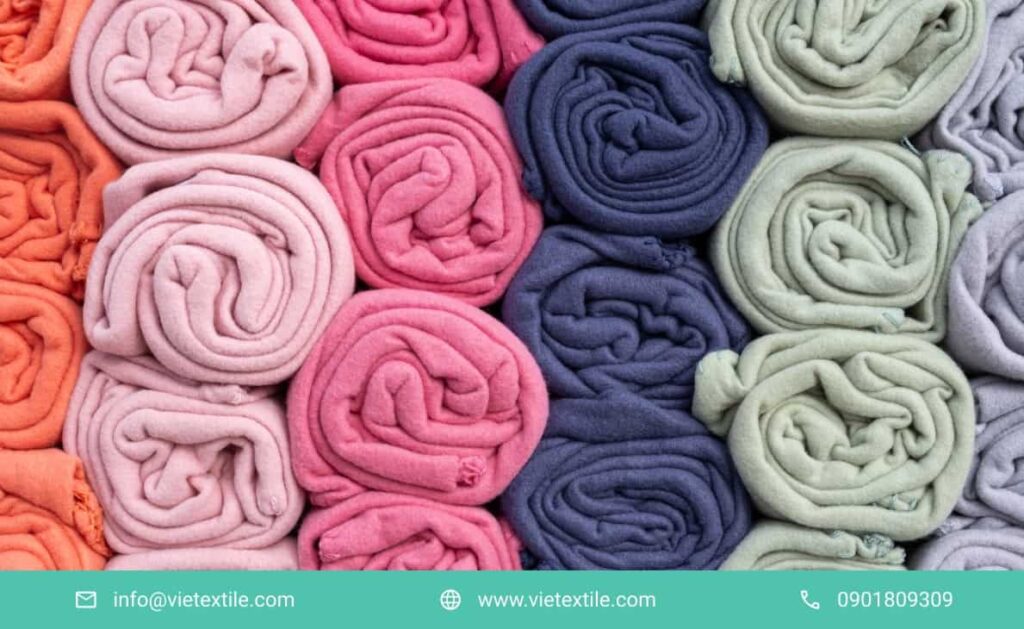
6.1. Minimizing Nozzle Clogging and Operating Costs
Pigment Printing Ink formulated with uniform nano-particle size and optimal viscosity significantly minimizes printhead clogging incidents, which are the cause of expensive downtime and replacement costs for printheads (a component valued at tens of thousands of dollars).
6.2. Optimizing Fabric Durability and Reducing Defect Rates
The binder and additives in the standard Pigment Printing Ink help it adhere firmly, meeting international standards for washfastness (ISO 105) and lightfastness, reducing the need for reprinting or discarding defective products due to bleeding or fading.
6.3. Increasing Production Speed
The stable physicochemical properties of the Pigment Printing Ink allow the printer to operate at maximum speed (High Speed Mode) without jetting failure, thereby increasing the overall throughput of the factory.
7. Frequently Asked Questions About Pigment Printing Ink (FAQ)
Q: How can the size of pigment particles in the Pigment Printing Ink be controlled after milling? A: Particle size is controlled using a Dynamic Light Scattering (DLS) analyzer. Manufacturers of industrial standard Pigment Printing Ink solutions must ensure the D90 index (90% of particles below this threshold) is always less than 200nm to ensure printhead safety.
Q: What are the main causes of printhead clogging due to this Pigment Printing Ink? A: There are three main causes: (1) Particle Aggregation: Pigment particles clump due to unstable pH or Dispersant; (2) Pigment Printing Ink Drying: The printing environment is too dry, causing Humectants to evaporate quickly, drying the Pigment Printing Ink on the printhead; (3) Large Particle Size: Insufficient filtration (above 0.45 micron) or coarse pigment raw material.
Q: How long can Pigment Printing Ink be stored after formulation? A: Standard industrial formula Pigment Printing Ink typically has a shelf life of 6 to 12 months. This requires storage under stable temperature conditions (15°C – 25°C), away from direct sunlight, and minimizing contact with air.
Q: Why is Pre-treatment necessary when printing this Pigment Printing Ink onto Cotton fabric? A: Cotton fabric has high capillarity, making the Pigment Printing Ink prone to bleeding. Pre-treatment creates a layer of charged chemicals on the fabric surface, causing the pigment particles to instantly coagulate upon contact, preventing wicking/bleeding and simultaneously enhancing color depth by keeping the pigment on the surface.
Q: How can the hand-feel of fabric be improved when printing with the Pigment Printing Ink solution? A: To improve softness, minimize the Pigment Printing Ink load printed on the fabric, and optimize the Binder/Pigment (B/P) ratio to the lowest possible level while still ensuring washfastness. Additionally, using silicone softeners after printing or during the finishing process is an effective solution.
Q: What are the ideal pH and Viscosity indices for Kyocera printheads? A: Kyocera printheads (common in the industry) require very tight viscosity control, usually in the range of 3.0 – 4.5 cP. The ideal pH value is between 7.8 – 8.5 to protect the ceramic structure of the printhead.
8. Conclusion: The Importance of Standardized Formulation
The formulation of Pigment Printing Ink according to industrial standards is not merely mixing chemicals; it is a scientific process that demands absolute precision in controlling physicochemical parameters: nano-particle size (D90 < 200nm), viscosity (3.0 – 5.0 cP), and Binder/Pigment ratio (1.8:1 – 2.5:1).
This strict control is what creates superior stability, ensuring the Pigment Printing Ink is perfectly compatible with high-speed Piezo printhead technology and allows for clear economic benefits: minimizing the risk of printhead clogging, saving expensive equipment maintenance costs, and optimizing production efficiency. Adhering to the standardized formula and process is the strongest commitment to deep color quality, perfect anti-bleeding capability, and superior product durability in the digital textile printing market.
To receive in-depth consultation on Pigment Printing Ink formulas and printing process optimization, contact VieTextile today!
Contact Information:
Hotline: 0901 809 309
Email: info@vietextile.com
Website: https://vietextile.com
